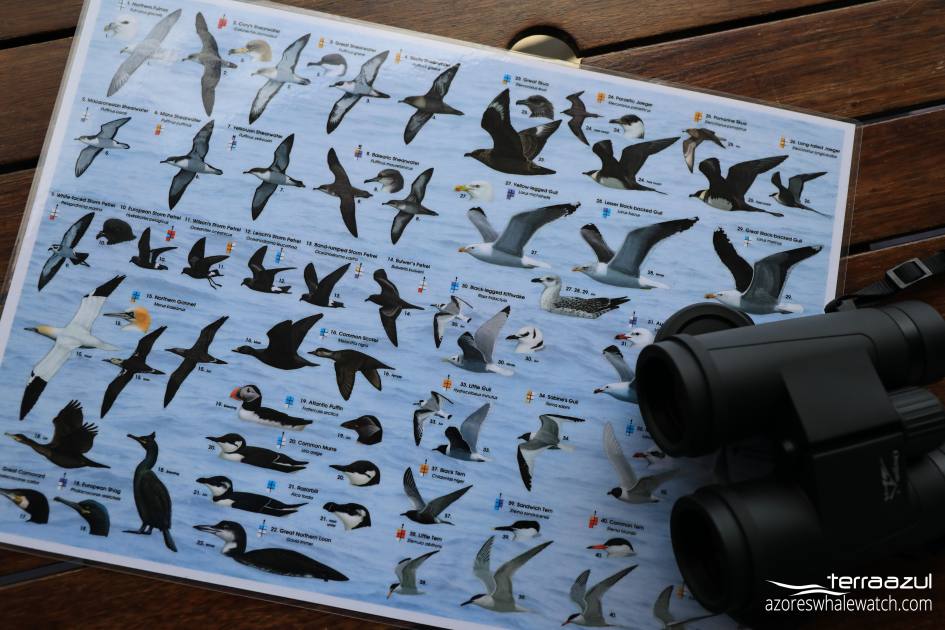
Have you ever had a good look at the birds when going out to sea ?
I’m talking about birdwatching !!! To be honest, I love animals but I was never very interested in birds. Until I was guiding our birdwatching tours: we had a beautiful training with a passionate ornithologist from SPEA (the Portuguese Society for the Study of Birds) and were asked to pay closer attention to our two legged friends. It became fascinating to me…now every time at sea one can focus on a lot more animals, inside the water and outside.
So, as we progress towards the winter, what species of sea birds can be sighted around São Miguel?
The Southward migration has started for the Cory’s shearwater (Calonectris borealis). The fledglings of these magnificent Procellariiformes are still here but will be heading out any day now.
But in Nature everything has a season, and in Autumn the Madeiran Storm Petrel (Oceanodroma castro) arrives to breed. This white and black seabird can be seen on São Miguel waters as the Ilehu of VIlla Franca do Campo hosts the only known colony of our island.
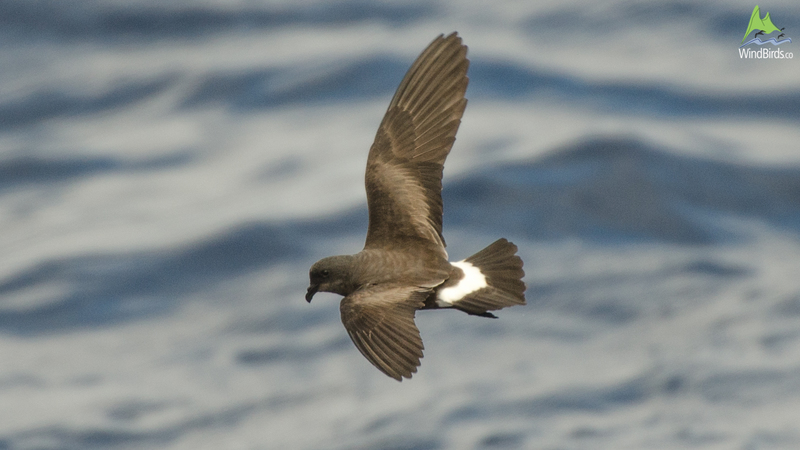
Madeiran Storm Petrel (Oceanodroma castro). Source: WindBirds.co
Also the Great Shearwater (Puffinus gravis) and its black-bill can be seen in Autumn. The migration pattern for this species goes from breeding grounds in the Southern Hemisphere to the Northern Hemisphere.
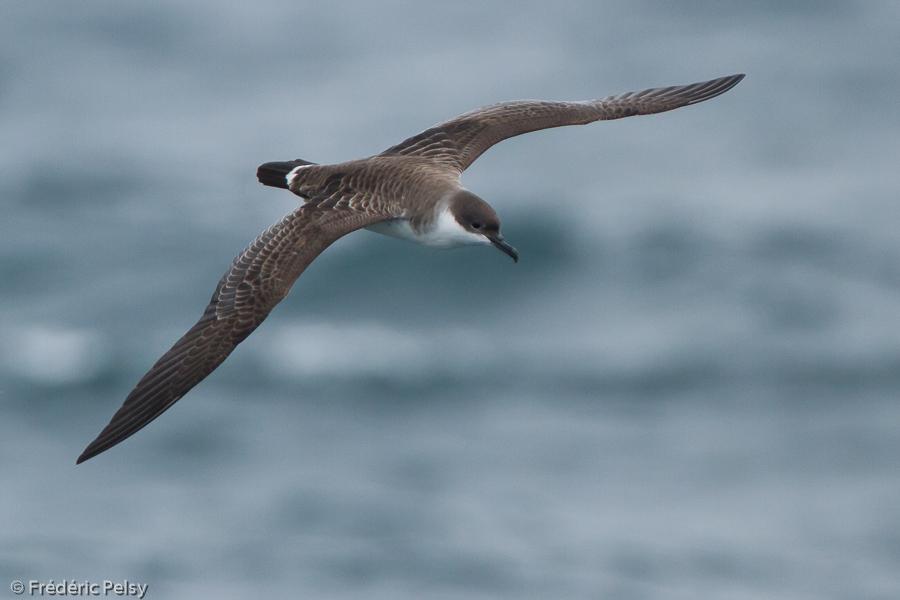
Great Shearwater (Puffinus gravis). Photo credit: Frederic Pelsy
Some amazing vagrant species can be sighted in Autumn and Winter such as the Northern Gannet (Morus bassanus), generally juveniles coming from breeding colonies found in Iceland, Greenland, Norway and the Uk, and the Skuas (Stercorarius spp.), which are large marine predatory birds often feeding on eggs and chicks of other sea birds.
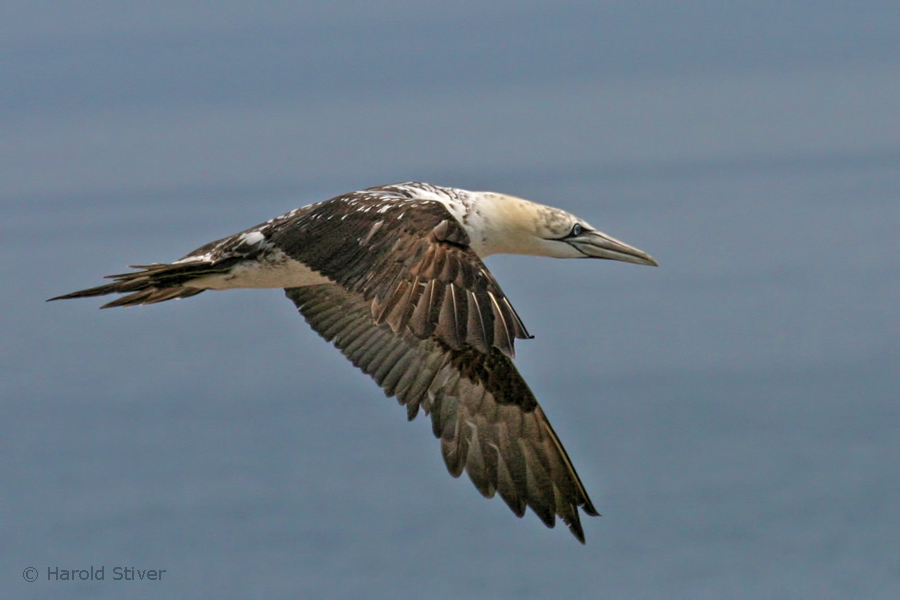
Northern Gannet Juvenile. Photo credit: Harold Stiver
Finally, also shore birds often pay a visit to us during their incredibly long migrations. For instance, the sanderling (Calidris alba) can be seen this time of year, even hanging out at the fishing harbour of Vila Franca or on the Ilehu looking for small crustaceans to snack on. They breed at high latitudes of Europe, Asia and North America. They have a cosmopolitan distribution and travel from 3,000 to 10,000 km from breeding grounds to wintering sites.
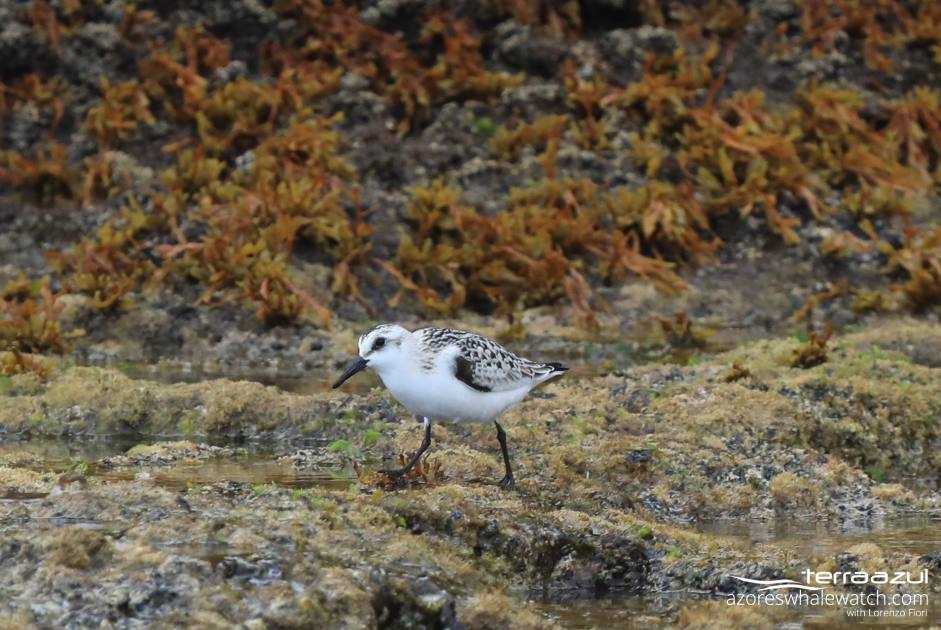
A Sanderling (Calidris alba) on the shore of the Ilehu of Vila Franca do Campo.
I hope this post was informative enough for you to gain interest in the beautiful marine birds that visit us every year. So go out and get your binoculars ready. I am confident enough to say that birdwatching truly might be one of the most exciting hobbies there is. You should try it !!!!












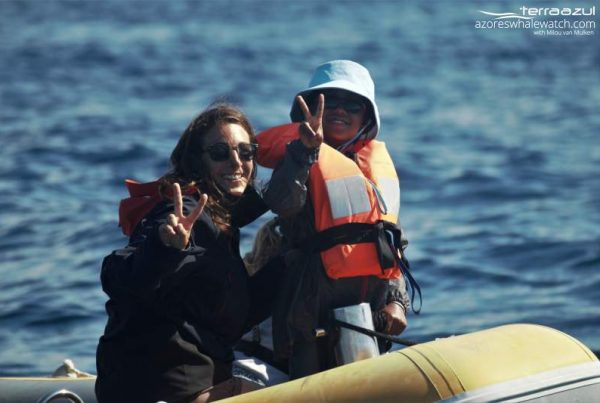
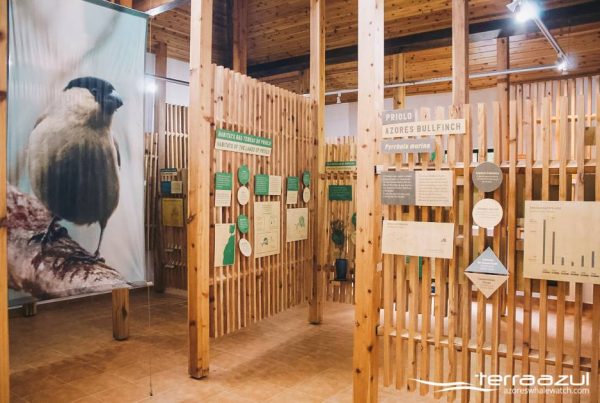
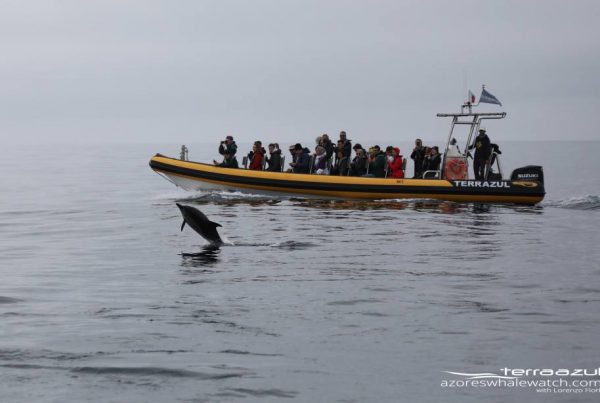



Your thoughts on this?